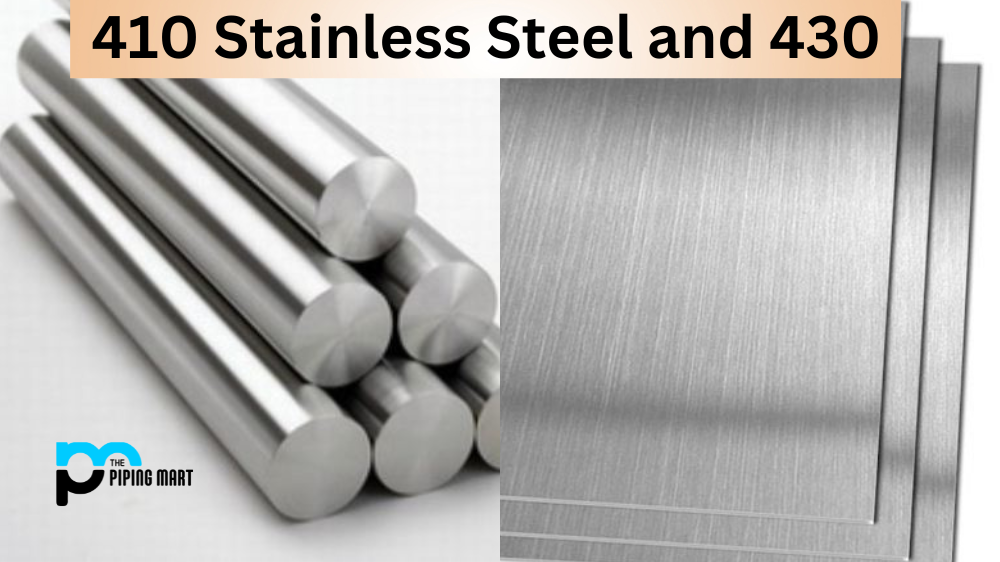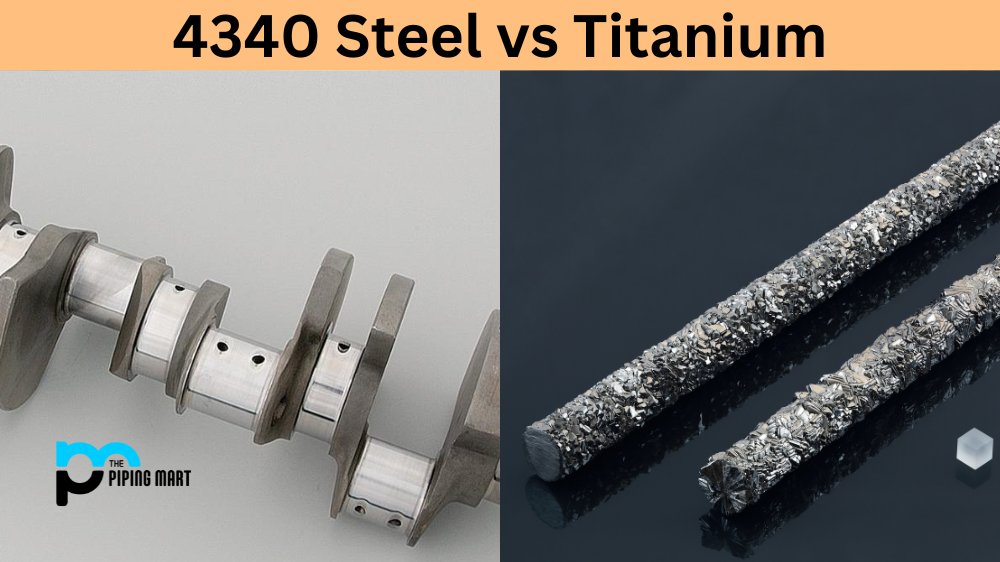Corrosion is an unavoidable problem. It affects metals and alloys and can be costly to repair. Fortunately, corrosion can be mitigated by understanding the different types of corrosion, such as crevice and pitting. Let’s dive into these two types of corrosion to know how they differ and what methods can be used to prevent them.
Crevice Corrosion
Crevice corrosion occurs when a metal or alloy is exposed to a corrosive environment, such as in the presence of humid air, salt water, or acidic solutions. It can occur anywhere there is a gap or crevice in the surface of the metal or alloy where corrosive agents are trapped, allowing for localized attack on the surface material. Crevice corrosion is difficult to detect because it often occurs in tight spaces where it cannot be easily seen. To prevent crevice corrosion, surfaces must be cleaned regularly, and that all gaps must be sealed with protective coatings such as paint or sealants.
Pitting Corrosion
Pitting corrosion is another type of localized attack that occurs when a metal or alloy is exposed to a corrosive environment. Unlike crevice corrosion which requires a gap or crevice for its occurrence, pitting can occur on any smooth metallic surface, including stainless steel, aluminum, copper alloys, titanium alloys, and nickel-based alloys. Pitting corrosion typically results from improper maintenance or inadequate protection from corrosive substances such as salt water or acid rain. To prevent pitting corrosion, metals must be properly coated with protective layers such as paint to protect against contaminants and follow proper maintenance protocols. Additionally, regular inspections should be conducted to identify areas where pitting has begun. Such corrective measures can be taken promptly before more serious damage occurs.
Differences Between crevice corrosion and pitting corrosion
There are several key differences between crevice corrosion and pitting corrosion. Crevice corrosion typically occurs in small spaces or gaps, while pitting corrosion typically occurs on the surface of a metal. Crevice corrosion can be difficult to detect while pitting corrosion is often easier to detect. Finally, crevice corrosion can cause serious damage to metal structures, while pitting corrosion typically causes less damage.
Similarities between crevice corrosion and pitting corrosion?
There are also several similarities between crevice corrosion and pitting corrosion. Both types of corrosion can be difficult to detect and can cause serious damage to metal structures. Additionally, both types of corrosion are more likely to occur in areas with little or no air circulation.
How can crevice corrosion and pitting corruption be prevented?
Several steps can be taken to prevent crevice corrosion and pitting corruption. Metal surfaces should be cleaned regularly to remove any dirt or debris that could act as a catalyst for these types of corroded surfaces will corrode faster than clean surfaces. Additionally, exposed metal surfaces should be coated with a protective layer, such as paint or oil, which will help to prevent oxygen and moisture from coming into contact with the metal surface.
Conclusion:
Corrosion affects all metals and alloys over time. Still, by understanding the different types of corrosion – such as crevice corrosion and pitting – we can take steps towards preventing significant damage from occurring by taking preventive measures like coating our metals with protective layers and conducting regular inspections for signs of wear and tear. With proper care and maintenance practices in place, we can significantly extend our metals’ life while minimizing costly repairs due to the damaging effects of both crevice and pitting corrosion.

A passionate metal industry expert and blogger. With over 5 years of experience in the field, Palak brings a wealth of knowledge and insight to her writing. Whether discussing the latest trends in the metal industry or sharing tips, she is dedicated to helping others succeed in the metal industry.




